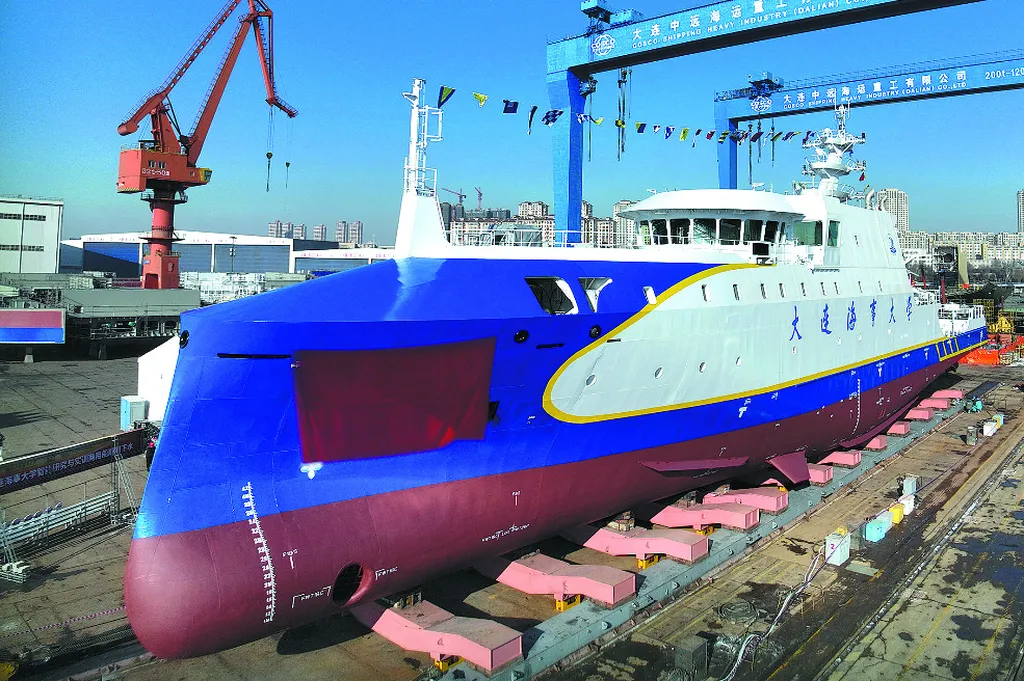In a significant stride towards enhancing action recognition technology, researchers have developed a novel framework that could revolutionize how machines understand human movements, with potential ripples extending to the maritime sector. The study, led by Wentian Xin from Dalian Maritime University’s School of Information Science and Technology, addresses the challenges of multimodal contrastive learning in skeleton-based action recognition, a field that’s increasingly relevant to maritime operations, safety, and training.
The research, published in the journal ‘Sensors’ (translated from the Chinese title ‘传感器’), tackles the issue of modality imbalance, which can lead to confusion between different data types and weaker feature representations. Xin and his team discovered two key correlations that benefit recognition: the “Global Perspective,” which supports globally discriminative feature representations, and “Focus Adaptation,” which guides attention towards key joints by emphasizing compact and salient signal patterns.
To put it simply, imagine a ship’s crew performing various tasks. The new framework can better understand and differentiate these actions by focusing on the most relevant movements and ignoring the noise. This could be a game-changer for maritime safety, enabling better monitoring of crew activities, improved training through action recognition, and enhanced human-robot collaboration.
The proposed framework consists of two main components: Feature Modulation, which constructs a skeleton-language action conceptual domain to minimize information gain between vision and language modalities, and Frequency Feature Learning, which introduces a Frequency-domain Spatial-Temporal block (FreST) that focuses on sparse key human joints in the frequency domain with compact signal energy.
The results are impressive. The method achieved remarkable action recognition performance on widely used benchmark datasets, including NTU RGB+D 60 and NTU RGB+D 120. On the challenging PKU-MMD dataset, the method, dubbed MICA, showed at least a 4.6% improvement over classical methods like CrosSCLR and AimCLR.
“Our method effectively demonstrates its ability to capture internal and contextual attention information,” Xin stated, highlighting the potential of their work. The commercial impacts of this research are substantial. In the maritime sector, improved action recognition can lead to better safety protocols, more effective training programs, and advanced human-machine interfaces. For instance, autonomous ships could better understand and respond to human actions, while training simulations could provide real-time feedback based on recognized actions.
Moreover, the technology could be integrated into wearable devices for crew members, monitoring their activities and ensuring safety protocols are followed. The opportunities are vast, and as Xin’s research shows, the maritime industry is poised to benefit greatly from advancements in skeleton-based action recognition.
In the ever-evolving landscape of maritime technology, this research stands out as a beacon of innovation, offering a glimpse into a future where machines understand human actions with unprecedented accuracy. As the study was published in ‘Sensors’, it underscores the critical role of advanced sensor technology in driving these advancements. The maritime industry would do well to keep a close eye on these developments, as they could very well shape the future of safety and efficiency at sea.

